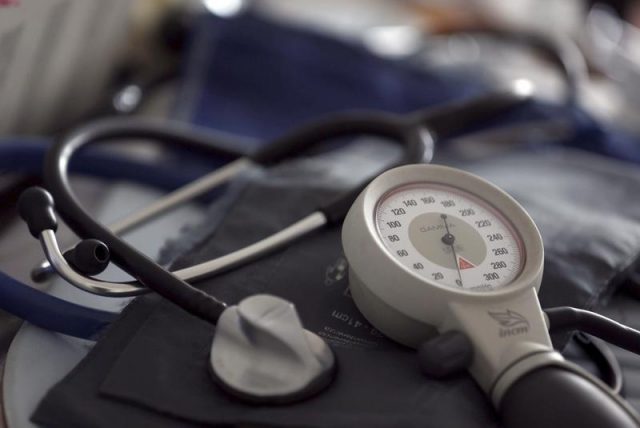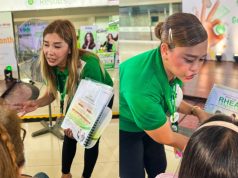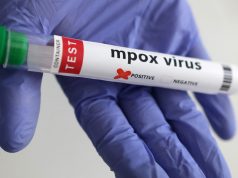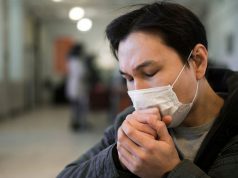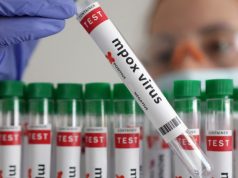Medical doctors released a set of infographics about home care for patients infected by the novel coronavirus in Filipino and Bisaya amid hospitals declaring full capacity for COVID-19 cases.
The infographics were originally from the World Health Organization and the Department of Health.
The group of doctors comprising Ayz Ligot, Lizette Lopez, Ryan Gacayan and Sylvernon Israel translated the texts in Filipino and Bisaya to make the information of home care treatment accessible to more Filipinos.
Ligot shared them on Facebook on April 7. In the post, he stated that they made the translations to enhance health literacy in the country.
“Among the challenges to enhancing health literacy are overcoming language barriers. These barriers can make health information and advice difficult to fully appreciate. Sharing these infographics on COVID precautions and home care that have been translated into Filipino and Bisaya,” the physician said.
“These were translated from WHO and DOH infographics by myself and Drs Lizette Lopez Ryan Gacayan and Sylvernon Israel. Graphic design adaptation by Cla Ines and Camy Cabral. Feel free to share and disseminate to your networks. Baka sakaling makatulong. Ingat po!” he added.
In the infographics about home care guidelines, the DOH and WHO listed three basic steps:
- Ibukod ang may sakit.
- Iwasan ang pagkalat ng virus.
- Alagaan ang may sakit.
It also advised the public to call the Barangay Health Emergency Response Teams (BHERT) for help when needed.
“Tumawag sa local na BHERT para makatanggap ng tulong at payo. Ipagbigay alam din sa lahat ng close contacts ng may sakit para makapaghanda din sila kung sakaling sila ay nahawa,” the guidelines read.
The other infographics involve the mandated minimum health preventive measures against COVID-19.
These materials eventually reached the medical community on Twitter.
Dr. Gia Sison posted them on her account and urged others to disseminate them on the micro-blogging platform.
“COVID precautions and what to do if you have COVID, both in Tagalog and Bisaya. Please share. Thanks Dr. Ayz Ligot!” Sison wrote.
COVID precautions and what to do if you have COVID, both in Tagalog and Bisaya. Please share. Thanks Dr. Ayz Ligot! pic.twitter.com/FA85rZO2TZ
— Dr. Gia Sison (@giasison) April 8, 2021
Other home care guidelines
Facebook user Kabbie Rodriguez Alipio also shared pointers on how to respond if the whole household becomes contracts the deadly virus based on her own experience.
In a Facebook post on April 5, Alipio recounted that she and the rest of her family tested positive for COVID-19 and had to quarantine themselves at home for two weeks.
She noted that they had fully recovered as of sharing the post.
“I’ve been MIA for two weeks because yes, our whole family tested positive of COVID-19. By the grace of God, we are all well now. I’m writing this to help others create some sort of game plan because really, it pays to be prepared,” she said.
“The numbers are not getting lower and while I’d like to believe we’re all doing our best to avoid getting infected, this variant is really contagious so covering all bases is very crucial. I hope these pointers can help you,” she added.
Some groups and social media users also started re-sharing similar guidelines from credible health sources to help others prepare in case one or all of their household members get sick of COVID-19.
Sharing this information because hospitals are full.
But praying this outbreak slows down and we all won’t need home or hospital treatment. pic.twitter.com/adExg1oP5I
— Barnaby Lo (@barnabychuck) April 2, 2021
As of April 8, the DOH recorded additional 9,216 new COVID-19 cases which bring the total to 828,366.
Of these, 167,279 have recovered while 14,119 had died.

